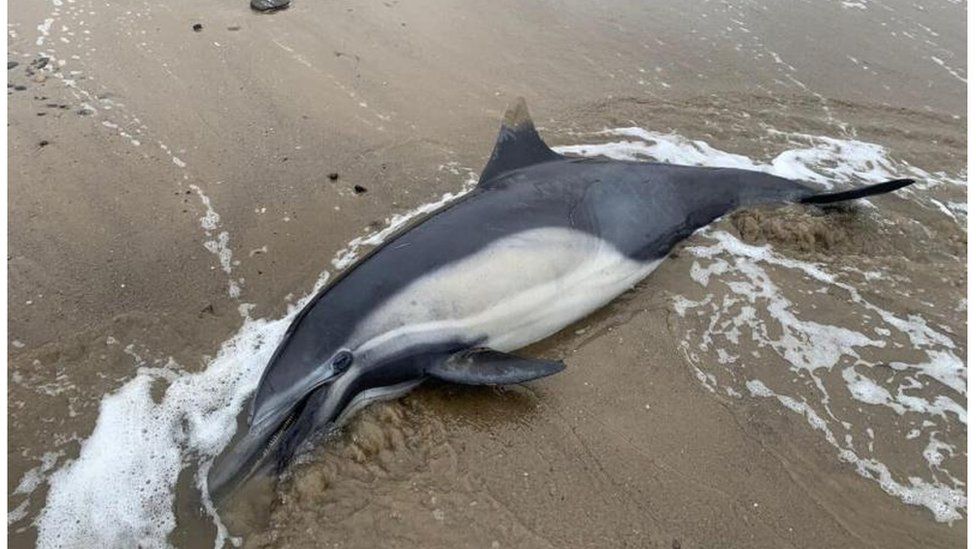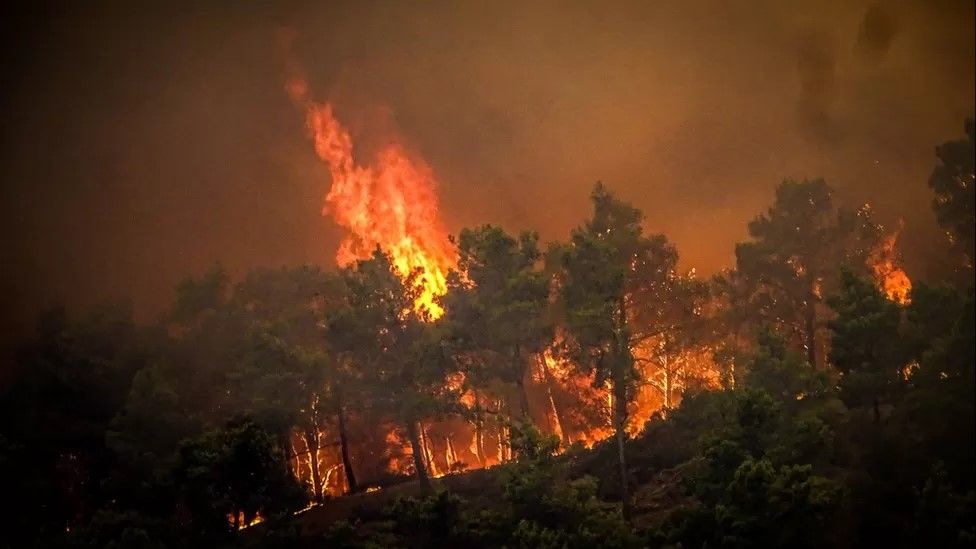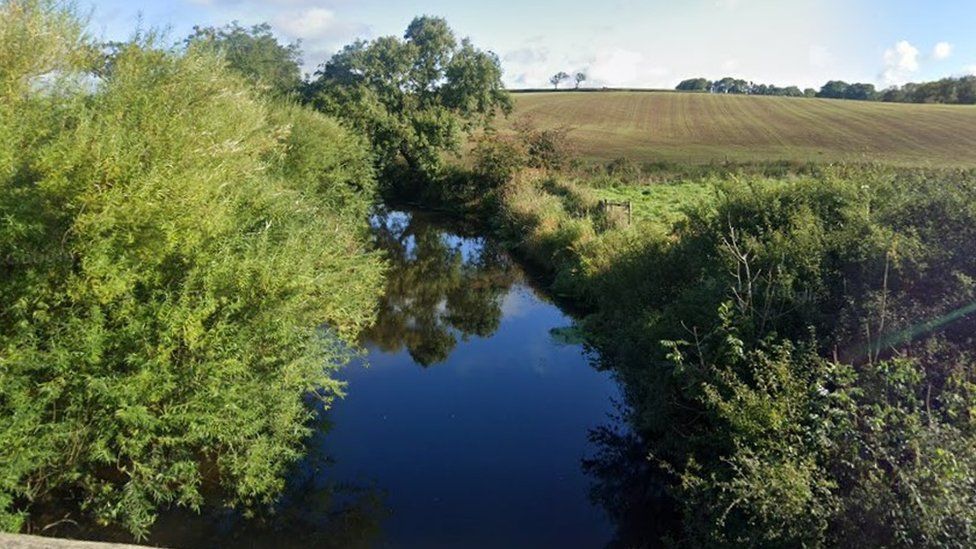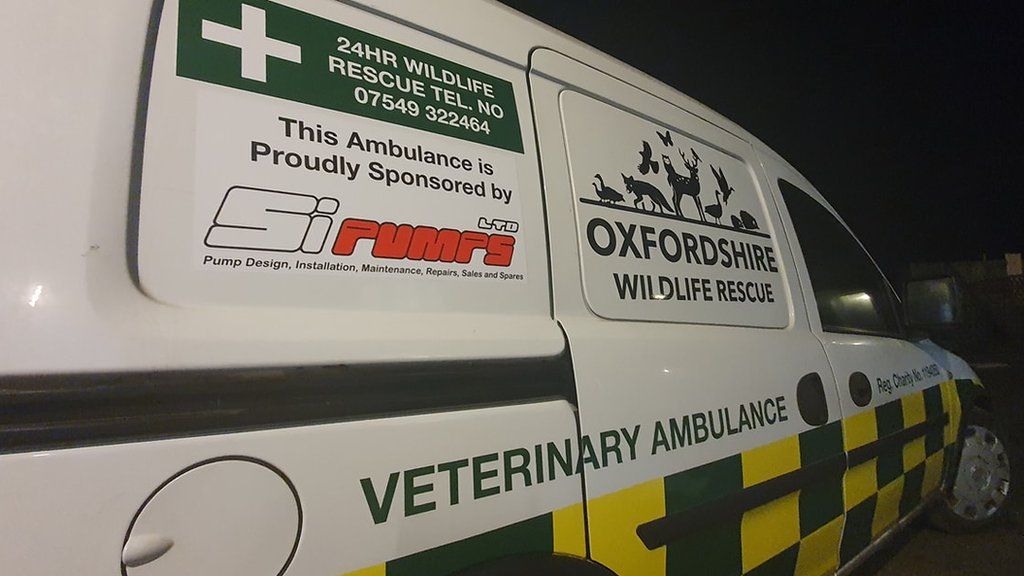Along the southern beaches of California, toxic algal blooms are killing hundreds of sea lions and dolphins.
The National Oceanic and Atmospheric Administration reports that more than 1,000 marine animals fell ill or passed away in June.
Algal blooms are a seasonal issue, according to experts, but the issue may be getting worse due to climate change.
Every day, more than 200 reports of distressed marine mammals are received by rescue organizations.
Prof. David Caron of the University of Southern California's biological sciences department said, "I've heard of a number of people walking the beaches who have seen [sick] animal after [sick] animal.". "Animal rescue organizations are scurrying to get boots on the ground so that the animals can be protected. " .
Due to the domoic acid toxin produced by certain species of algal blooms, which are expanding quickly, sea birds, dolphins, and sea lions in particular are getting sick.
According to Dr. Caron, harmful algal blooms affect food webs. Animals like sardines, anchovies, and shellfish ingest the toxins before being eaten by larger marine mammals.
"They eat a meal of those extremely toxic fish and then they become toxic themselves, and of course, if they get enough of that material, it can kill them, which is happening right now," he said.
According to NOAA, Southern California's Santa Barbara and Ventura counties have been particularly hard hit.
More than 200 reports of distressed marine mammals are sent to the Channel Islands Marine and Wildlife Institute every day, which aids in the rescue and treatment of sick animals.
Ruth Dover, a co-founder of the institute, said in a statement, "We are doing our best to keep up with the intense pace.
As a neurotoxin, domoic acid can cause marine mammals to become disoriented or even convulse and drown underwater.
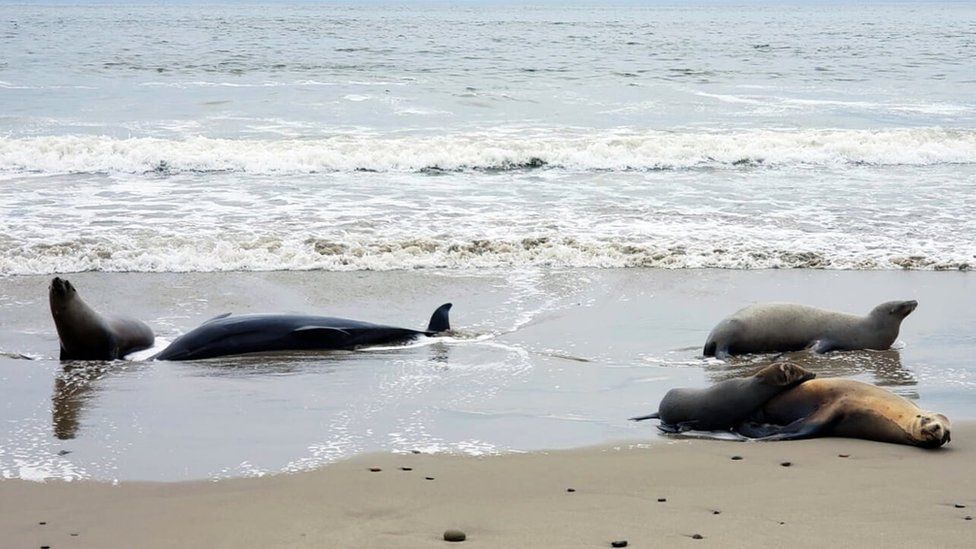
The blooms can also be dangerous for people. Although the California Department of Public Health monitors for these levels and closes shellfish beaches when necessary, Dr. Caron said, people can get sick if they consume fish that is loaded with the toxins. .
Attempts by people to approach larger mammals like sea lions and dolphins that are stranded on the beach may result in the animals becoming hostile due to the toxins.
In order to save some animals, rescue organizations have been able to capture them, feed them, and provide them with liquids until they can flush the toxins out of their systems, according to Dr. Caron. People should stay away from marine animals and call these organizations instead.
In California, algae blooms typically occur between March and June, but this year's long and wet winter may cause the blooms to peak later.
According to experts, not all species of algae produce toxic byproducts, but those that do may be spreading to new regions as a result of climate change.
This is so that more areas can support harmful algae blooms, which usually form in warmer water, as water temperatures rise.
The effects of climate change on organisms that live in coastal waters are still being studied by scientists, according to Dr. Caron.
But there is evidence to suggest that climate change is worsening some of the issues with harmful algae, particularly in inland waters, he added.

